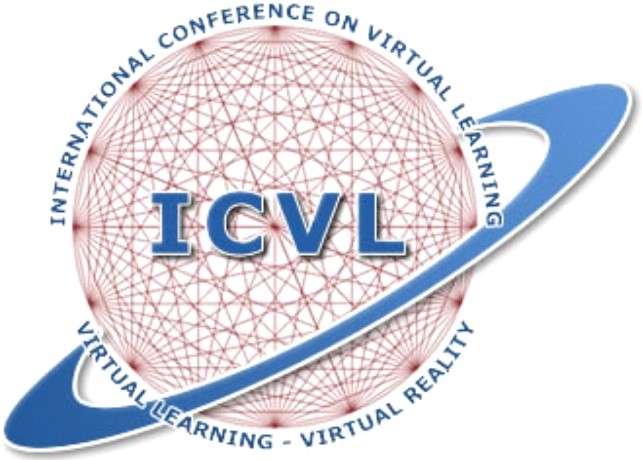Vol. 20 / 2025 – International Conference on Virtual Learning
The Clip Thinking Phenomenon: The typology of technological products for the bounds' overstepping and strengths' leveraging in the educational needs
Natalia BURLACU
The paper represents a theoretical and conceptual scientific study by reference to the phenomenon of Clip Thinking, analyzed through the notional prism towards its limits for which it was stigmatized. By listing the existing research that explores tangential topics of the approached theme, the author tries to highlight the strengths of the research object, the CT phenomenon (CTP), capitalizing on them by using cutting-edge technological products.
The current research addresses the solution of the CTP problem through the descriptive recommendation of a series of technological tools included in a systematic, authorial distribution, presented under the generic "classification of technological products to overcome the limits and capitalize on the strengths of CTP".
The given material is addressed to the teaching staff interested in capitalizing on cutting-edge digital tools in their professional activity carried out either in the pre-university or in the university environment in a constructive way that would reduce or eliminate the negative effects on the psychological and/or cognitive structure of the learner.
Among the methods used by the authors are the analysis and synthesis of specialized literature from such fields as educational sciences, learning psychology, general didactics, information and communications technology, and software product development
Keywords:
university didactics,
engineers in the fields of computer science,
cutting-edge technological products,
Clip Thinking
CITE THIS PAPER AS:
Natalia BURLACU,
"The Clip Thinking Phenomenon: The typology of technological products for the bounds' overstepping and strengths' leveraging in the educational needs",
International Conference on Virtual Learning,
ISSN 2971-9291, ISSN-L 1844-8933,
vol. 20,
pp. 329-340,
2025.
https://doi.org/10.58503/icvl-v20y202528
